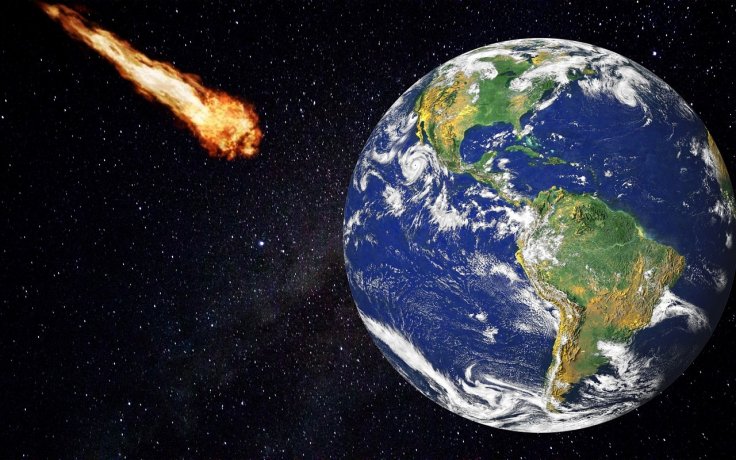
According to space agency experts on Wednesday, January 30, there is a very slim likelihood that a recently discovered asteroid will strike Earth in 2032. The probabilities of a strike are just over 1%, according to scientists.
Paul Chodas, the director of NASA's Center for Near Earth Object Studies, stated, "We are not worried at all, because of this 99 percent chance it will miss". However, he added, "But it deserves attention."
The near-Earth asteroid, known as 2024 YR4, was first observed by a telescope in Chile last month. It is thought to be between 130 and 330 feet (40 and 100 meters) broad.
The space rock is presently moving away from Earth, and scientists are closely monitoring it. Chodas and others said there's a high chance the risk to Earth might decrease to nil as more information about the asteroid's orbit around the sun becomes available.
NASA and the European Space Agency (ESA) said the asteroid will gradually disappear over the coming months. Some of the most potent telescopes in the world will continue to track it till then in order to better estimate its size and trajectory. Once out of sight, it won't be observable until 2028, when it will cross our path once more.
On Christmas Day, the asteroid came closest to Earth and passed near around 500,000 miles (800,000 kilometers), which is roughly twice the moon's distance from Earth. Two days later, it was discovered by the scientists.
According to Chodas, researchers are looking through sky surveys from 2016, when the asteroid is predicted to have also passed close.
He told The Associated Press that scientists should be able to predict whether the space rock will strike or avoid the Earth if they can identify it in pictures taken at the time. He said, "If we don't find that detection, the impact probability will just move slowly as we add more observations."
According to ESA, an asteroid of this size may do serious harm to Earth every few thousand years. As a result, it is currently the most dangerous asteroid on ESA's list.
The possible impact would take place on December 22, 2032. If it did strike Earth, it's far too soon to tell where it may land.
NASA said the good news is that there are currently no additional huge asteroids that have an impact probability greater than 1%.









